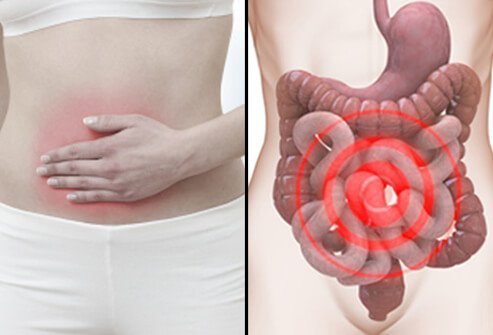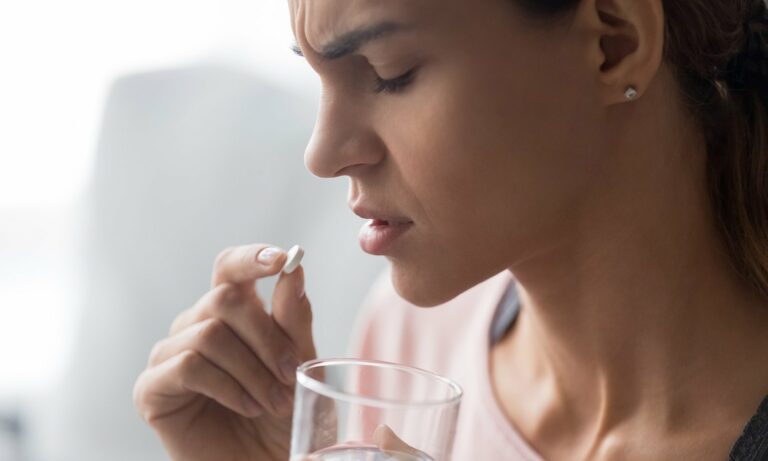Foods High in Potassium
Author: Recyll Oraiz
Recyll Oraiz
Category: Health
 https://improvehealthbetter.com/
https://improvehealthbetter.com/
Potassium is a mineral that the human body needs for a range of functions. In this article, you will get sn idea what are the foods that are high in Potassium. According to study, our body does not produce potassium, it must be taken through diet.
Foods that are high and rich in potassium could have a variety of health advantages. It may aid in the reduction of blood pressure and water retention, as well as the prevention of stroke, osteoporosis, and kidney stones.
Potassium is classified as an electrolyte since it is strongly reactive in water. It produces positively charged ions when dissolved in water.
Potassium is necessary for the correct functioning of all of your body’s cells, and a prolonged deficit can make you tired.
Potassium could be to blame if your regular sweat workout leaves you weary despite the fact that you’re getting adequate sleep.
Here are the foods that are high in Potassium. Check this out.
1. Oranges and Orange Juice
Oranges and their juice also include a significant amount of antioxidants, which may aid the body’s ability to combat free radicals, inflammation, and heart disease.
Furthermore, drinking orange juice enriched with calcium and vitamin D may aid bone health, especially as a high potassium consumption may be beneficial to bone health. However, keep in mind that orange juice contains more sugar and contains less fiber than the full fruit.
Citrus fruits like oranges are abundant in vitamin C, but they’re also high in potassium.
2. Bananas
Bananas are well-known for being high in potassium. One banana, in fact, has 451 milligrams of potassium. Vitamin C, vitamin B6, magnesium, fiber, and antioxidants are all abundant in this delicious fruit.
The banana’s simple, natural packaging makes it a quick and healthy way to up your potassium intake on the go.
3. Yogurt
Calcium, riboflavin, and potassium are all plentiful in yogurt. Approximately One cup (245 grams) of this creamy treat contains 380 milligrams of potassium.
Mix in a sliced banana and a drizzle of honey, as well as a handful of unsweetened granola, chia seeds, or chopped nuts for an extra potassium boost.
Yogurt can be a nutritious and delicious lunch that can be prepared quickly to help busy people get their day off to a healthy start.
4. Coconut water
Coconut water is a popular health beverage. It’s sweet and nutty, with a low sugar content and a high electrolyte content. Coconut water is the transparent liquid inside coconuts, as opposed to coconut milk, which is a mixture of coconut water and grated coconut.
Coconut water is low in sugar and calories and has a slightly sweet, nutty flavor. Electrolytes are said to be required by the body to sustain correct neuron, heart, and muscle function, as well as hydration. Potassium is one of these electrolytes. One cup (240 grams) of coconut water contains 600 milligrams of potassium.
5. Avocados
Vegetables, fruit (such as avocados), fish, and dairy products are all high in potassium. Avocado contains 250 milligrams of potassium, which is responsible for appropriate nerve, heart, and kidney function, and provides 6% of your daily potassium needs.
By reducing blood pressure, increasing potassium consumption can help prevent cardiovascular disorders like heart disease and stroke. Join the avocado toast bandwagon. Not only is this creamy, green-fleshed fruit packed in fiber and heart-healthy lipids, but it also contains 690 mg of potassium.
6. Potatoes
Among the top 20 most frequently ingested raw vegetables and fruits, potatoes have the highest potassium content. And also, potassium is found in 620 mg per medium potato (5.3 ounces) with skin.
This is more than a banana and 15% of your daily intake. Interesingly, potatoes are a starchy root vegetable and is still widely consumed in many nations across the world. One 136-gram potato contains 515 mg of potassium, or 11% of the AI.
7. Beets
A banana contains 358 milligrams of potassium per 100g of weight. This amounts to 8% of the recommended daily allowance for potassium.
In comparison, raw beets provide 325 mg of potassium per 100 grams. This amounts to about 7% of the RDA.
As a result, a banana contains 33 mg of potassium more than raw beets. This represents a 10% increase in potassium content.
The nutritional value of a banana is 16 out of 100, while the nutritional value of raw beets is 18 out of 100. For the nine distinct beets foods, raw beets had the highest potassium content.
Furthermore, study saud that beets have a unique red color that is high in antioxidants that is called belatains. Belatains reduce oxidative damage and help glutathione, another antioxidant.
They also naturally enhance detoxifying liver enzymes while lowering immune indicators in the liver. They also aid in improving blood flow to the liver.
8. Tomato Puree/ Juice
Tomatoes are high in antioxidants, which are good for your health. However, concentrated tomato products like tomato puree or tomato juice are preferable for getting additional potassium.
Potassium could be found in half a cup of tomato puree and one cup of tomato juice.
Potassium is also present in fresh tomatoes, with 292 mg in one medium raw tomato.
Tomato puree is frequently used in recipes, such as pasta sauces. Many recipes call for canned or bottled tomato juice, which can also be consumed.
9. Butternut Squash
Winter squash often known as butternut squash, is picked in the fall and could be stored for several months.
It’s high in fiber, potassium, and a variety of other important nutrients.
Squash contains nutrients that help with digestion, blood pressure, and skin and hair health, among other thing.
On the other hand, squash could be used as a flavor enhancer or as the main ingredient in a range of sweet and savory dishes.
10. Seafood
Mollusks, clam, mixed species, canned, drained solids has the highest potassium level per usual serving, with 1004.8 mg in 1 cup (or 160 g). This serving has a proportion of the recommended daily value of 21%.).
Potassium levels should be sufficient if a person consumes a diet rich in vegetables, fruits, and legumes.
Eating low amounts of high sodium meals, such as processed foods and fast food, can help to maintain a healthy balance. The dietary approach could help people get a variety of vitamins and nutrients that are found in whole foods and contribute to greater health.













